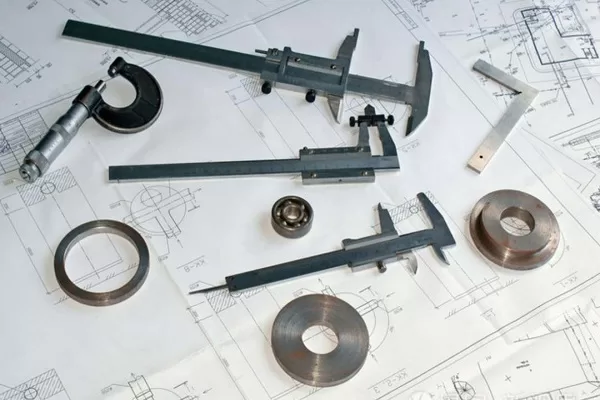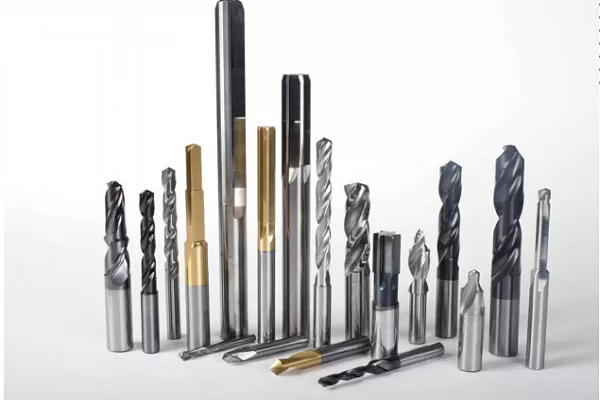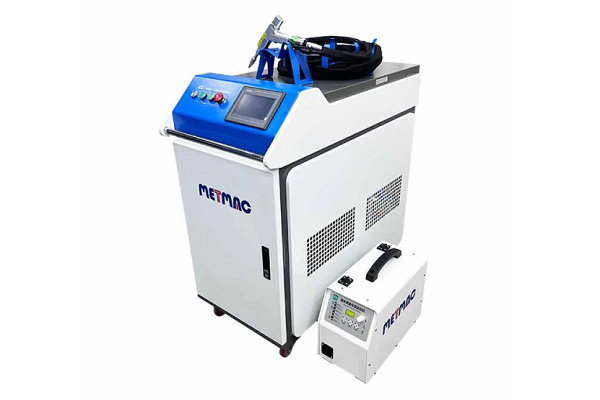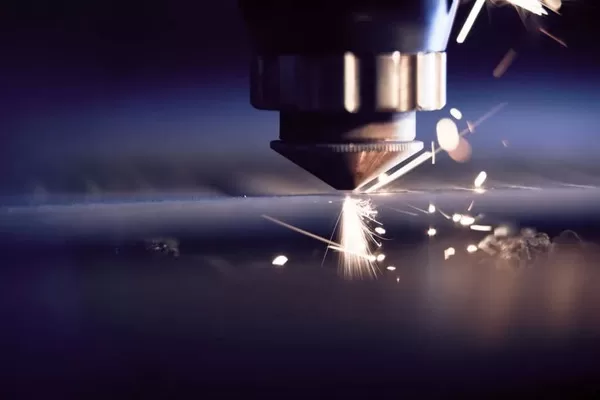
Safety Considerations When Operating Duct Rolling Machines
- By:Metmac
- 2024-05-11
- 94
Safety Considerations When Operating Duct Rolling Machines: Mitigating the Dangers of Precision Metalworking
In the realm of industrial fabrication, duct rolling machines reign supreme as indispensable tools for shaping galvanized steel and aluminum into intricate ductwork systems. However, beneath their transformative potential lurks a hidden peril: the risks associated with their operation. Understanding these safety hazards and implementing stringent precautions is paramount to safeguard the well-being of operators and maintain a harmonious work environment.
1. Pinch Points and Rotating Hazards:
Duct rolling machines possess multiple pinch points, where two or more components move in close proximity and can trap fingers or limbs. Rotating shafts, gears, and rollers pose similar threats, potentially causing severe injuries if they come into contact with unprotected body parts.
2. Flying Sparks and Sharp Edges:
The high-speed operation of duct rolling machines generates a shower of metal shavings and sparks, which can ignite flammable materials or injure exposed skin. Additionally, the machine’s cut edges and corners create sharp hazards that can lacerate or puncture.
3. Electrical Hazards:
Duct rolling machines are powered by heavy-duty electrical systems, making electrical shocks and electrocution a potential danger. Improper wiring, faulty connections, or exposed components can lead to catastrophic incidents.
Mitigating Risks and Ensuring Safety:
1. Proper Training and Supervision: Operators must undergo thorough training on the safe operation of duct rolling machines, including hazard recognition and emergency procedures. Constant supervision by experienced personnel reduces the likelihood of accidents.
2. Machine Guards and Interlocks: Install machine guards and interlocks to prevent accidental contact with pinch points, rotating hazards, and sharp edges. Ensure that these safety devices are regularly inspected and maintained.
3. Personal Protective Equipment (PPE): Operators should always wear appropriate PPE, including gloves, safety glasses, and protective clothing. This minimizes the risk of injuries from flying sparks and sharp objects.
4. Electrical Safety Measures: Conduct regular inspections of electrical systems, ensuring proper grounding, insulation, and wiring. Use insulated tools and avoid touching exposed components.
5. Ergonomic Considerations: Minimize operator fatigue and strain by optimizing work area layout, providing proper lifting equipment, and adhering to ergonomic principles.
Conclusion:
Operating duct rolling machines in a safe manner requires a vigilant approach that prioritizes hazard identification and mitigation. By implementing these safety considerations, companies can reduce the risks associated with this powerful machinery, ensuring the well-being of their employees while maximizing productivity and minimizing downtime. Remember, a safe workplace is a productive workplace, and every effort to prevent accidents benefits the organization as a whole.
-
The Advantages of Using a Sheet Roll Forming Machine in Manufacturing
2024/09/14 -
How to Optimize Your Laser Sheet Cutting Machine for Maximum Performance
2024/09/12 -
How to Maximize Efficiency with Modern Sheet Metal Working Machines
2024/09/04 -
The Environmental Benefits of Using Duct Board Grooving Machines
2024/09/03
-
A Guide to the Latest Innovations in Sheet Metal Folding Machines
2024/11/29 -
Key Features to Consider When Investing in a Sheet Metal Folding Machine
2024/11/28 -
Enhancing Precision with Advanced Sheet Metal Folding Machines
2024/11/27 -
How to Choose the Right Sheet Metal Folding Machine for Your Workshop
2024/11/26



